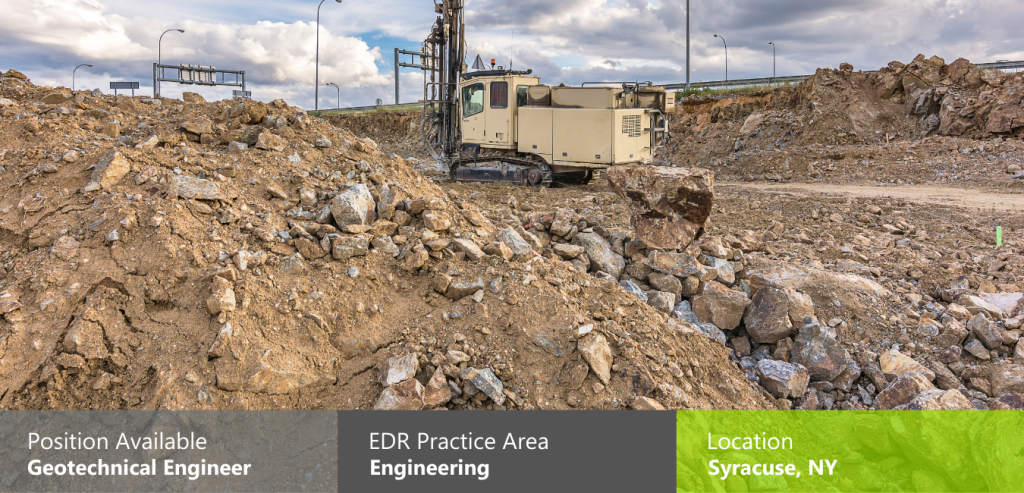How Consulting Civil Design Firms Contribute to Effective Task Management and Style Application
Consulting civil design firms are essential to the success of construction jobs, combining technological proficiency with critical oversight. By focusing on design optimization and threat mitigation, these companies make certain that projects are not only viable yet economical and likewise lasting.
Duty of Civil Engineers
Recognizing the role of civil designers is vital for the effective management of building jobs. Civil designers work as the foundation of facilities development, making certain that tasks are developed and carried out to satisfy sustainability, security, and functionality criteria. Their knowledge includes different aspects of engineering, including architectural, environmental, and geotechnical specialties.
Civil engineers are liable for performing expediency research studies, which examine the viability of proposed projects by assessing economic, technical, and environmental variables. They establish detailed blueprints and specifications, integrating ingenious services to optimize products and resources. Throughout the building and construction phase, civil designers manage the job, collaborating with contractors, designers, and stakeholders to make certain adherence to develop specs and regulative demands.

Task Preparation Approaches
Effective project planning strategies are essential for making sure that building and construction jobs are performed efficiently and efficiently. Consulting civil engineering companies play a crucial role in this procedure by employing comprehensive planning techniques that attend to different task stages. Originally, an extensive analysis of project range and client demands is carried out, permitting the identification of crucial milestones and deliverables.
Furthermore, these firms utilize devices such as Gantt graphes and task management software program to develop in-depth timelines, making it possible for efficient scheduling of tasks and source appropriation. This organized strategy helps to expect potential bottlenecks and designate necessary sources proactively. Danger monitoring is another vital component; firms perform danger assessments to recognize prospective problems that might emerge throughout the job's lifecycle, implementing reduction techniques to lessen disruptions.
Furthermore, stakeholder engagement is stressed throughout the planning stage. Routine interaction with customers, service providers, and local authorities ensures that all celebrations are lined up with task goals and timelines. By integrating these strategies, getting in touch with civil design companies enhance the possibility of task success, making certain adherence to budget restraints and regulative requirements while cultivating a joint atmosphere.
Layout Optimization Techniques
Layout optimization methods are crucial for boosting the efficiency and sustainability of civil design tasks. These techniques entail the methodical examination of design criteria to accomplish the very best possible results while lessening costs and source usage. By using innovative computational devices and formulas, engineers can check that evaluate different style options and choose one of the most reliable options based on specific job requirements.
One commonly made use of method is parametric design, which enables the adjustment of design variables to observe their effect on general job efficiency. This iterative procedure results in cutting-edge options that not only fulfill useful requirements however also stick to environmental standards. In addition, techniques such as worth design concentrate on maximizing project aspects to take full advantage of worth while minimizing unneeded prices.
In addition, the integration of Building Details Modeling (BIM) promotes better partnership amongst stakeholders, enabling real-time modifications and improvements to styles. This all natural view cultivates a thorough understanding of the task, leading to informed decision-making. Ultimately, efficient design optimization strategies lead to enhanced task timelines, minimized waste, and boosted structural efficiency, adding to the general success of civil engineering undertakings.
Threat Monitoring Strategies
Danger monitoring techniques are essential in making certain the successful delivery of civil design tasks, as they assist recognize, examine, and minimize prospective dangers that could influence job results. Reliable threat monitoring is an organized procedure that includes the identification of threats, assessment of their chance and effect, and the growth of approaches to address them.
Consulting civil design firms generally employ a mix of measurable and qualitative threat evaluation techniques (geotechnical engineering companies in south africa). Qualitative approaches, such as brainstorming sessions and skilled meetings, help gather understandings on potential risks from numerous stakeholders. Conversely, quantitative techniques entail analytical analysis and modeling to determine the chance and prospective effect of identified dangers
As navigate to these guys soon as dangers are assessed, companies execute mitigation methods, which might consist of threat avoidance, acceptance, reduction, or transfer. This could include revamping job parts to eliminate dangers or safeguarding insurance policy to counter possible financial losses. Constant monitoring and testimonial of dangers throughout the project lifecycle are additionally necessary, enabling for timely adjustments to run the risk of monitoring approaches as new threats emerge.
Collaborative Communication Practices
Enhancing task outcomes through joint communication methods is crucial for speaking with civil engineering firms. Efficient interaction fosters a society of openness and trust fund amongst stakeholders, which is crucial for the successful execution of engineering jobs. By implementing organized interaction channels, companies can make sure that all events-- customers, specialists, and staff member-- are lined up on task deliverables, timelines, and goals.
Routine meetings, both informal and official, help with the exchange of ideas and responses, permitting real-time analytic and decision-making. Using joint tools such as job management software program encourages paperwork and tracking of development, while allowing instantaneous access to essential info.
Moreover, energetic listening and open dialogue are important elements in a collaborative environment. By valuing varied viewpoints, companies can innovate and adjust designs that fulfill both technical requirements and client expectations. Additionally, cultivating a team-oriented environment decreases misunderstandings and raises the total high quality of work.

Final Thought
To conclude, consulting civil design firms are indispensable to effective task monitoring and design execution. By employing strategic planning, layout optimization, and reliable risk management, these firms enhance project effectiveness and sustainability. Their dedication to collective communication further makes sure stakeholder positioning and cultivates a cooperative atmosphere. Eventually, the proficiency and approaches utilized by seeking advice from civil engineers considerably contribute to attaining task objectives while maximizing and minimizing costs resource utilization.

In verdict, seeking advice from civil design companies are important to successful job management and design execution.